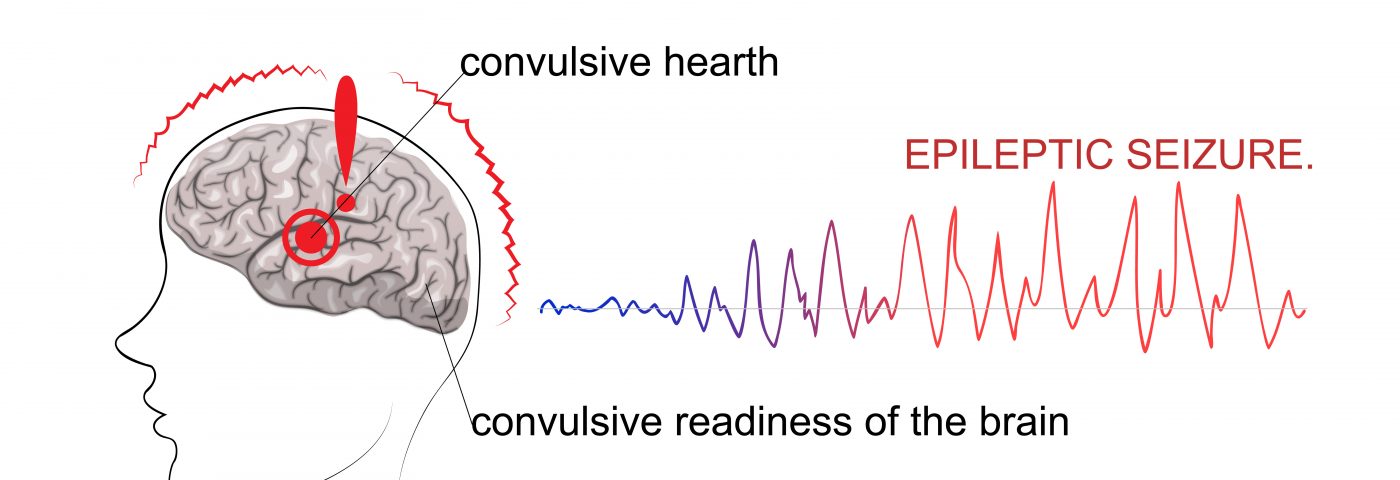Computer scientists and mathematicians have developed an algorithm that might predict, with 20 minutes notice, an upcoming epileptic seizure. The study, “Crowdsourcing reproducible seizure forecasting in human and canine epilepsy,” was published in the journal Brain.
Epileptic seizures are a consequence of a disturbance in the brain’s electrical activity, and there are several types of seizures. Methods to accurately predict such seizures are lacking, however, mostly because long-duration recordings of adequate numbers of seizures are few. These recordings are used by investigators to test predictive models.
A worldwide research competition — known as the American Epilepsy Society Seizure Prediction Challenge — was held in 2014 to address this need, and a team from the CEU Cardenal Herrera University, (CEU-UCH) in Valencia, Spain, placed third out of 502 applications.
CEU-UCH researchers, Juan Pardo, Javier Muñoz, Francisco Zamora and Paloma Botella, developed an algorithm based on an open-access chronic ambulatory intracranial electroencephalography from five canines (carrying a naturally occurring epilepsy). They also used two people undergoing prolonged wide bandwidth intracranial electroencephalographic monitoring. The newly developed method was capable of predicting a seizure up to 20 minutes before it occurred, enough time to allow a patient to take necessary medication.
The idea is for patients to carry the algorithm in a portable device, either a mobile phone or smart-watch, allowing it to read signals from a microchip implanted in the brain. The two work together to warn patients of an upcoming seizure. If the system reaches clinical use, it could significantly improve quality of life: epilepsy patients will only need to take medication when a seizure is underway, rather than relying on continuous dosages. And they might lead more active lives, not needing to excuse themselves from events out of fear of a seizure.
“We are not doctors, but we are experts in massive data processing. (…) This work shows how computer scientists and mathematicians are needed in many fields to help solve pressing issues, in this instance in neuroscience,” Professor Pardo, director of the Department of Physical Sciences, Mathematics and Computing, said in a press release.
The brain has millions of nerve cells (neurons) that communicate via electrical signals, transmitted from one cell to another. Seizures can result if this chain of signals is disrupted, or if there is a massive increase in signaling all at once.


